Grayson and Philippa Perry unveil new Art Club exhibition
Artist Grayson Perry has unveiled the second exhibition arising from his hit TV series Grayson’s Art Club, which he launched with his wife, Philippa, during the first wave of the pandemic.
The couple made the first series, which encouraged people to make and send in artwork, in less than a month and it soon had over a million viewers each week.
They exhibited season one’s creations in Manchester Art Gallery over the past year, and now Bristol Museum and Art Gallery has been revealed as the host of season two’s works.
The exhibition, which opens to the public on Saturday, also features art by musician Boy George, photographer David Bailey, magician Derren Brown, actor Russell Tovey and broadcaster Sue Perkins.
Banksy contributed the original stencil he used to make Create Escape – a mural of a prisoner climbing down the walls of the now decommissioned Reading Prison, which appeared in February this year.
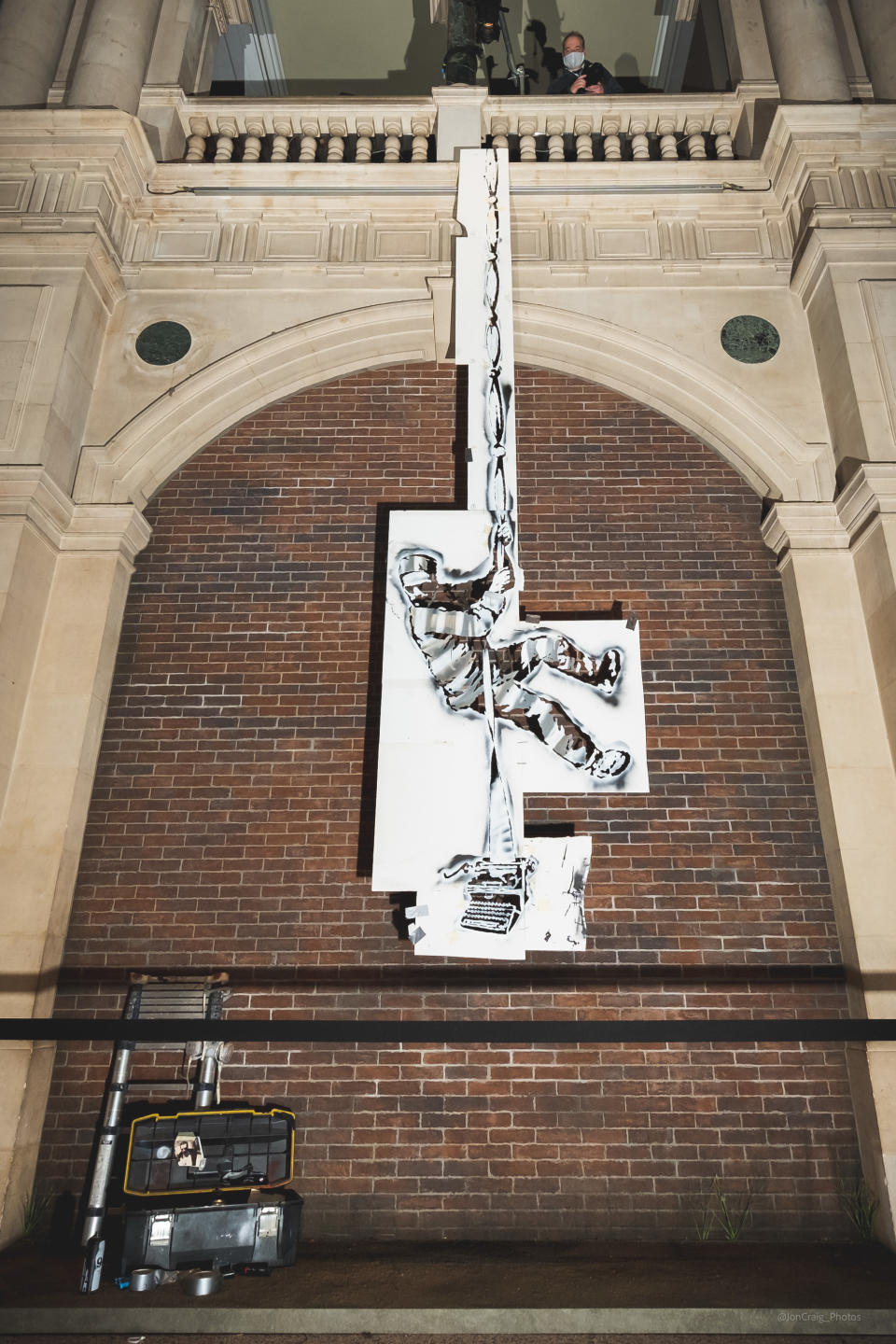
Asked what he had learned about the British public’s relationship with art through making the show, Grayson said: “There was something about the way it landed that gave permission to people who feel that perhaps art isn’t for them to get involved, and I hope that will continue.
“We had people who had never done art before sending things in and they all had great stories, so I liked that democratic aspect of it.”
Grayson told the PA news agency: “A lot of modern art, the concepts are pretty basic but they are kind of masked behind obscure language, and in the end everyone’s opinion of art is valid – you don’t have to like it all.”
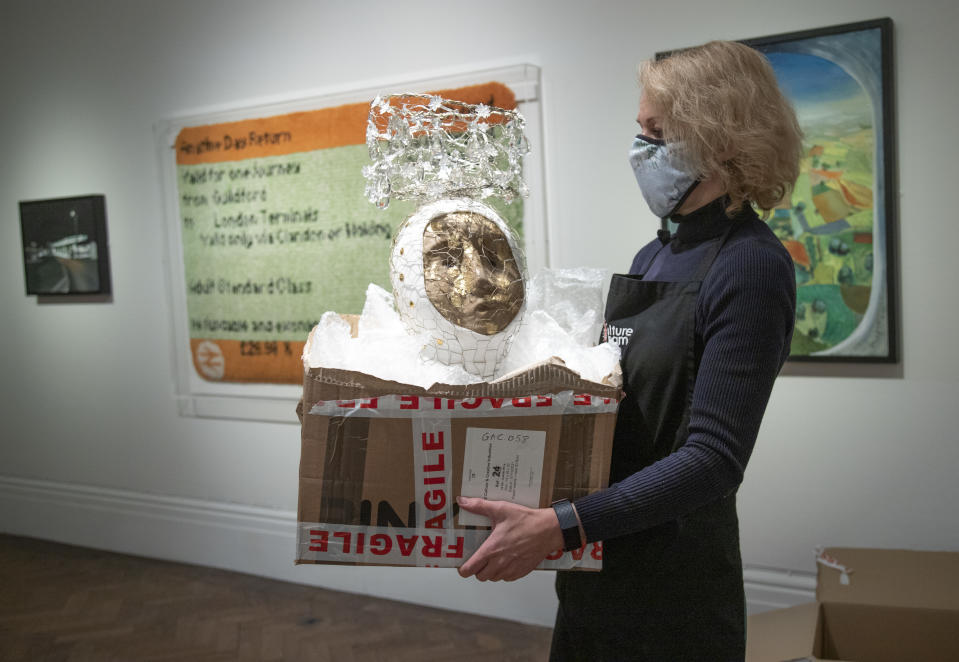
Philippa Perry, a trained artist but best known as a psychotherapist, columnist and author, said: “If we helped even one person start shading a bit on their telephone jotter pad and they think ‘oh my god, I’ve made an apple look 3D’ or whatever, I think that’s just fabulous.”
She continued: “If we get people putting blocks and shapes and colours together so they look good and they get carried away with that, I think that is beautiful and I get very happy about it, so that is what I personally like to think Art Club encourages.”
Philippa cautioned against being overly judgmental about your own work, explaining: “If you get carried away with the art of making, without worrying whether it’s good or bad, that’s the point of it.
“The point of it is to find another way to process your innate feelings, what you notice about the world and put it in a new form.
“If you are true to yourself, even if you don’t quite understand what you’ve done – if it comes from your gut, someone else’s gut will recognise it and it might bypass the language part of them completely,” she said.
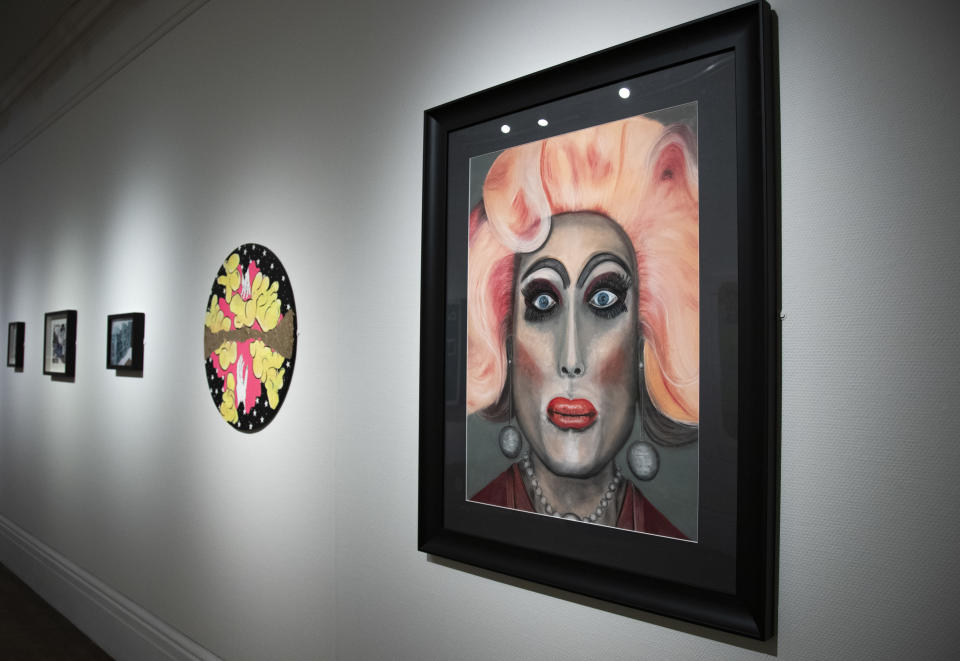
Asked if she ever struggled with the trauma she encounters in her work as a psychotherapist, Philippa said: “Isn’t it interesting that apparently having strong emotions is a difficult thing? Because I don’t think it should be, I think we should normalise the having of strong emotions.”
She continued: “What we need to do as a nation is make friends with our feelings rather than thinking of them as something negative.
“If something has the power to make you happy, it has the power to make you sad. You cannot have one without the other.”
“This is the existential given of life and I think we need to get a bit more on board with the acceptance of misery and melancholy,” she said.
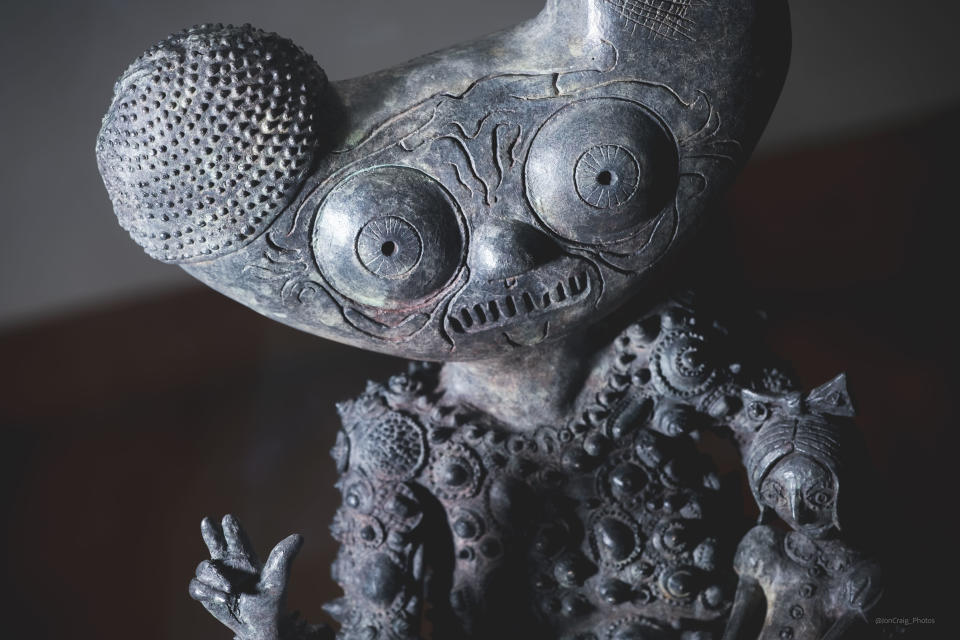
Describing the motivation behind his own work, Grayson said: “I think I am interested in the bits nobody pays any attention to, the things that happen in our unconscious.
“We don’t think about what class we come from until we are reminded of it by someone – our identity is something that we don’t think about unless it’s a problem.
“I am always interested in that unconscious baggage that we carry around.”
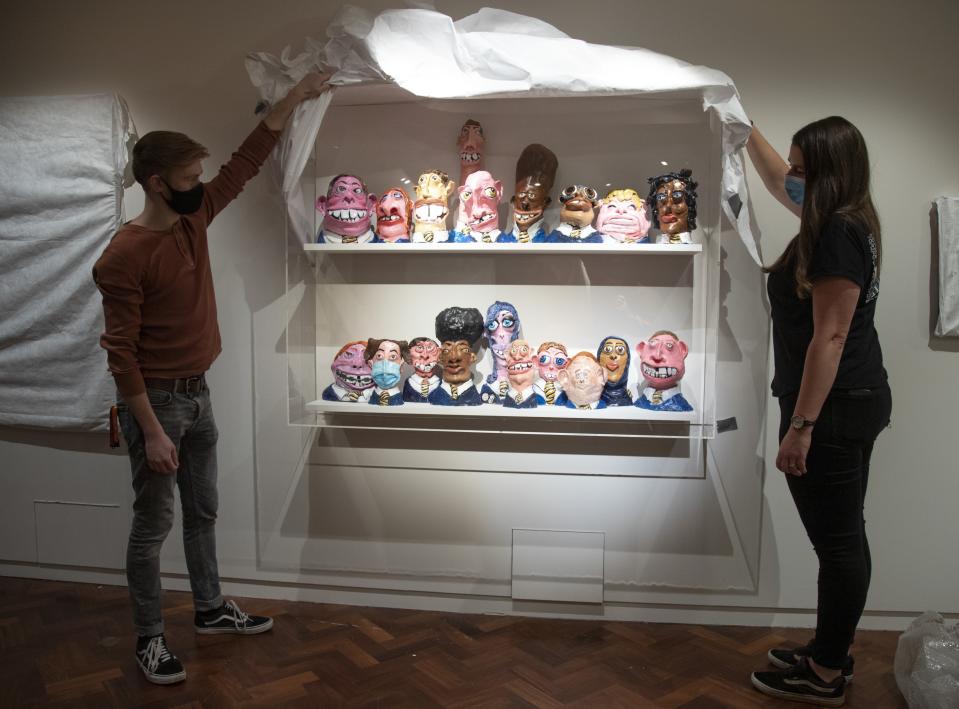
Grayson believes the public are kinder and more tolerant than frequent headlines about culture wars would make it seem.
“Most people wouldn’t even know what you meant if you said the words ‘culture war’ – it’s a few people on Twitter arguing with each other on the whole,” he said.
“If you’re a member of a tribe, you try to be the best member of that tribe, so if all the people who identify with those tribes try to be the most extreme member of a tribe, it pushes the argument into extremes the whole time.”
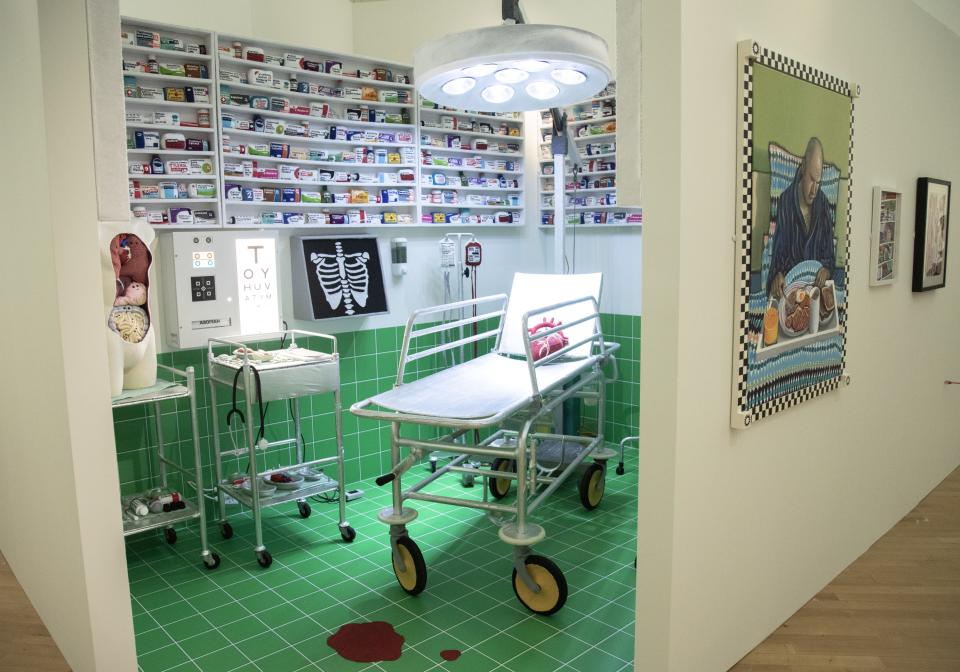
Grayson often appears in public as his female alter-ego, Claire, and revealed that at the first cross-dressing club he joined members had to be anonymous for fear of blackmail.
“There has been an acceleration of (acceptance) over the last couple of decades, but I have been dressing up since I was 12,” he said.
“I find the British people on the whole are much more tolerant than scaremongers would have you believe.”
He continued: “I very rarely got any aggro – there are lots of situations where I was like, ‘were they horrible to you because you were dressed up, or were they horrible to you because you were being a bit of an a***h*le?’
“That is the question I always ask of people, because I think sometimes people blame some things on something else.”

 Yahoo Finance
Yahoo Finance 